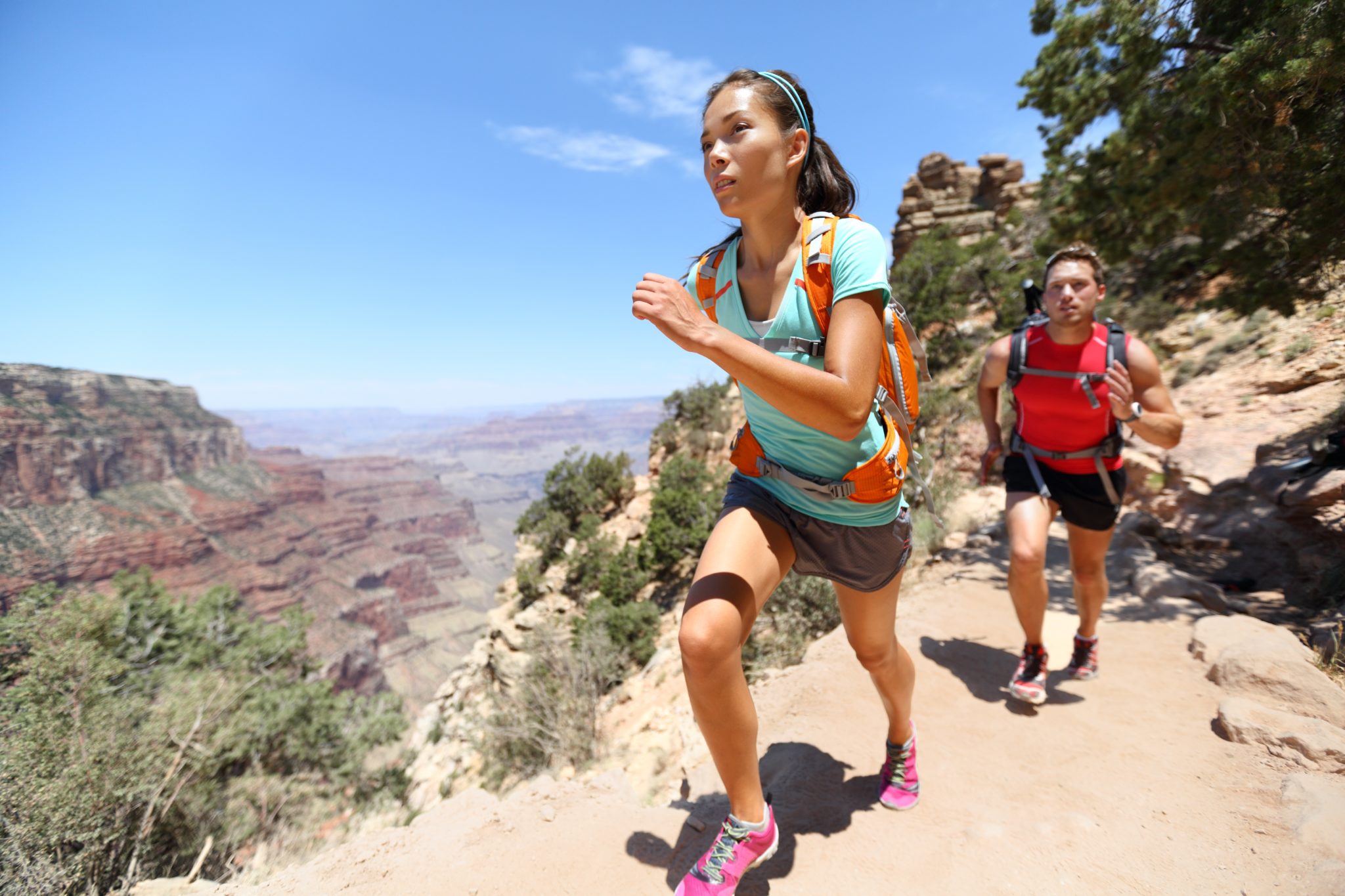Five Great Trail Activities and Their Health Benefits

This article was originally published on Jan. 17, 2015, on Rails-to-Trails Conservancy’s national TrailBlog.
If you are looking to adopt a healthier lifestyle, consider the old belief that it takes 21 days to form a habit. While some hold it to be true, research shows that it takes consistent work and commitment to form great habits.
When it comes to being physically active, trails provide a wide range of outdoor activities to keep us motivated year-round, and as a member of the Healthy Weight Commitment Foundation, we appreciate year-round motivation. Each activity has unique pluses; the key is to find one that’s right for you (and of course, mix it up, too)!
Here are just a few examples:
Walk It Off
Benefits: Nearly anyone in reasonable health can engage in some low- to moderate-impact exercise like walking. Brisk walking burns as many calories as jogging for the same distance and poses less risk for injury to muscle and bone. Also, low impact means it’s easier on joints and tendons.
Run for Your Life
Benefits: Did you know that running helps lower your blood pressure by maintaining the elasticity of your arteries? It also maximizes your lungs’ potential and keeps them strong and powerful, strengthens your heart and helps prevent heart attacks. Fun fact: The heart of an inactive person beats 36,000 more times each day than that of a runner.
Healthy Cycle
Benefits: No surprise here that biking is great for strengthening and toning muscles—especially our legs and backside! It can also be an effective way to prevent and manage various conditions such as heart disease, high blood pressure and type 2 diabetes, while increasing our energy levels and helping us manage stress and pain. And did you know? It’s good for the prevention and reduction of arthritis.
Get Inline, and Let’s Roll
Benefits: When compared with walking and biking, inline skating and rollerblading sometimes fly under the radar, but they do offer some unique health benefits. For example, they are better for developing specific hip and thigh muscles—and they’re more effective than biking, in particular, for targeting the hamstrings. Also, these low-impact activities have been found to cause less than 50 percent of the impact shock to joints than running. They have also been found to provide a better aerobic workout than biking, because with biking, it’s easier to coast.
Pole Position
Benefits: Cross-country skiing requires us to use a large number of muscle groups at one time, depending on the type of technique used (diagonal stride vs. double-pole technique, for example), making it a great strengthening and endurance activity. The use of ski poles to propel oneself down the trail also means that naturally, it’s a much more intense upper-body workout than walking or running. Of course, you’ve got to have snow. But “weather permitting,” it’s a great calorie burner.
For just a moment, let’s assume that the 21-day habit does exist. The good news is that if you have a bad day on say, day 20, it won’t set you back to day 1! It’s okay to fall off the wagon now and again. We all do. Just get back on it and keep going. Don’t focus on your failures and self-criticism; instead, celebrate each and every success (no matter how small) and continue on the path to a healthier you!
Elissa Southward is Rails-to-Trails Conservancy’s Healthy Communities Manager. She is originally from California and has a Ph.D. in Exercise and Health Sciences from the University of Bristol in England.
If you’d like to read more about fun ways to balance your energy out, take a gander at these other Together Counts articles!

